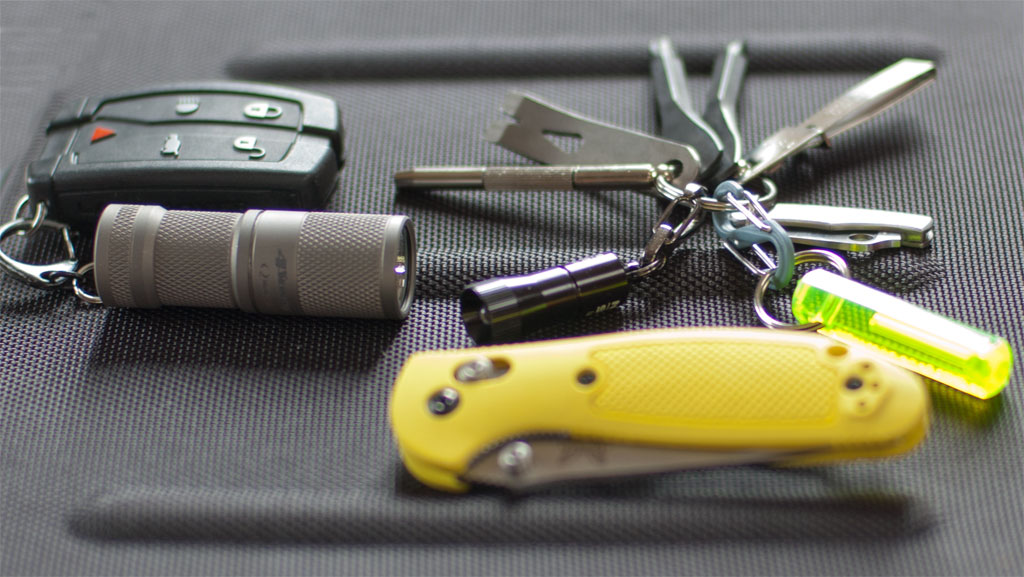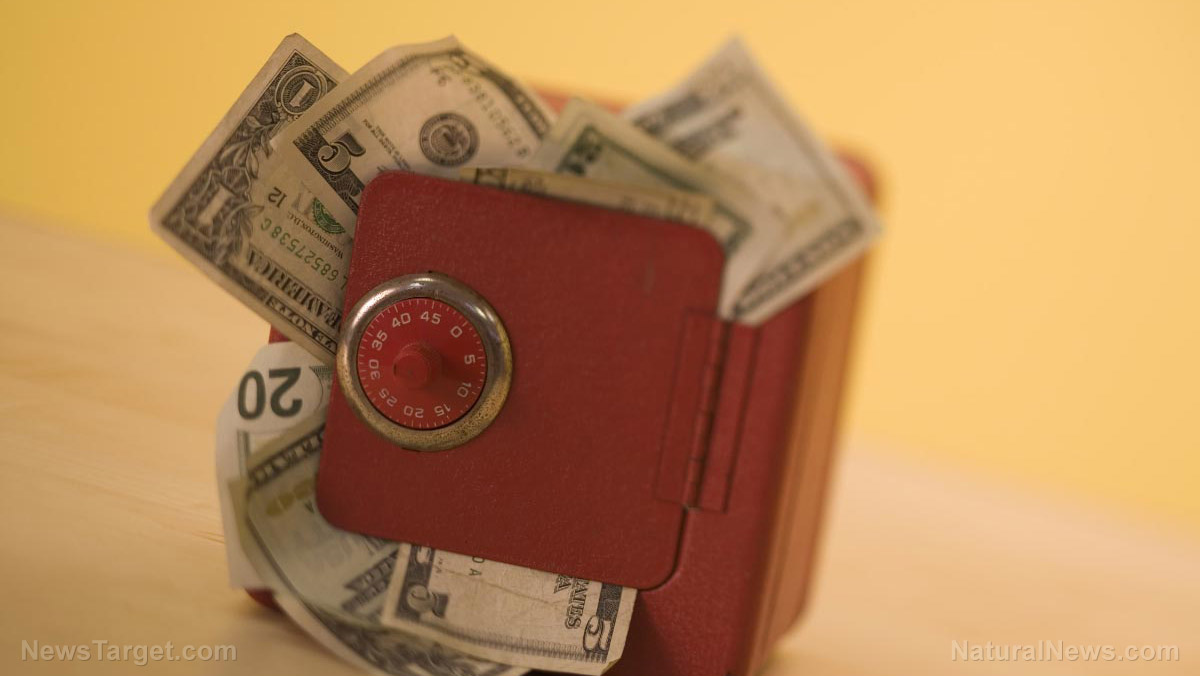Our release of chapter 25 from RetroSuburbia: the downshifter’s guide to a resilient future as a free downloadable pdf is another small gesture to spread positive messages in a time of pandemic. This is especially so for all those locked down in Melbourne, the geographic focus of the book and our further efforts to stimulate a wider a retrosuburban response in the wake of the pandemic. While our primary appeal is to people already voting with their feet to retrofit their own lives, not having these strategies recognised, let alone debated, in the mainstream media continues to act as a break on their wider adoption. Even the much-vaunted capacities of social media to allow communities of interest to share and adapt their activities are increasingly constrained by corporate and other powerful interests’ ability to manage and manipulate the proliferation of content through social media platforms.
A lesser recognised constraint is the dearth of academic investigation of options for more radical behaviour change. It is still true that most ideas to change society get a good working over in academia and policy think tanks before they surface in the mainstream media. For example, mainstream media discussion of the concept of “degrowth” is recent and introductory, even if the academic discourse and activism in this field has been intense for nearly twenty years.
Permaculture was unusual in the way it burst into public consciousness after very little exploration in academia. Research and investigation into the logic behind permaculture strategies has always been sparse, but in recent years we are starting to see increasing recognition that permaculture (including retrosuburbia) is more than a fringe green lifestyle choice. Degrowth in the Suburbs: A Radical Urban Imaginary is the first academic book to recognise the critical nature of retrosuburbia and kindred strategies in dealing with the Limits to Growth crisis.
…click on the above link to read the rest of the article…











